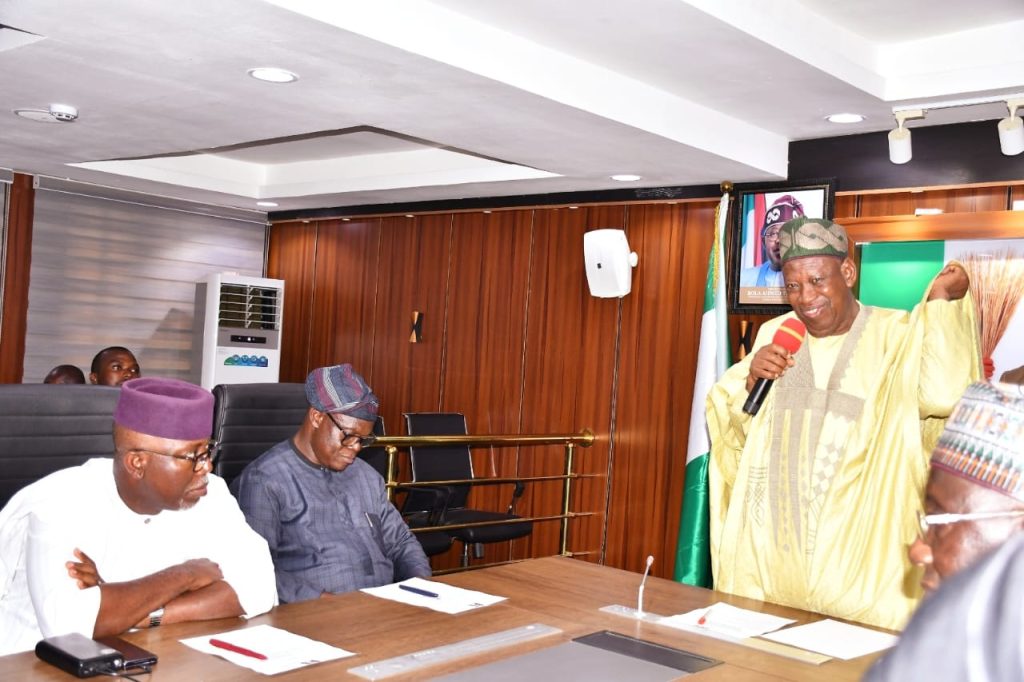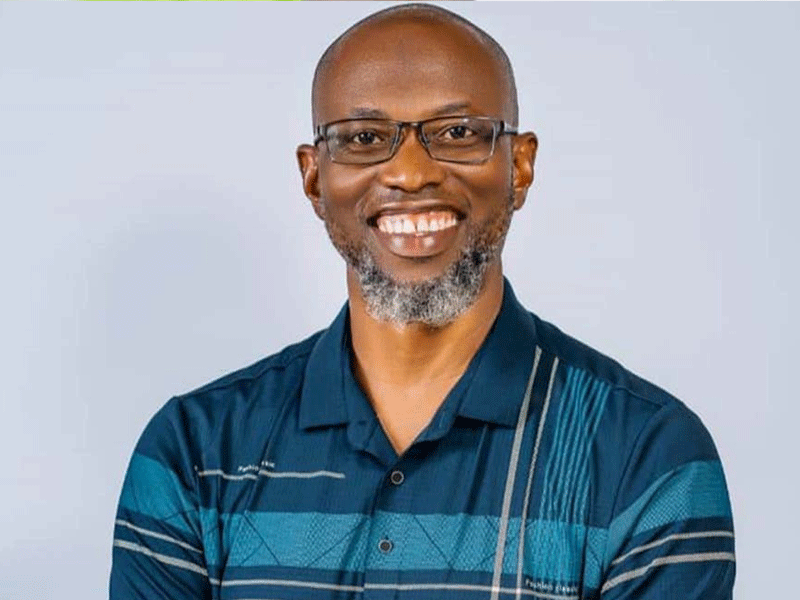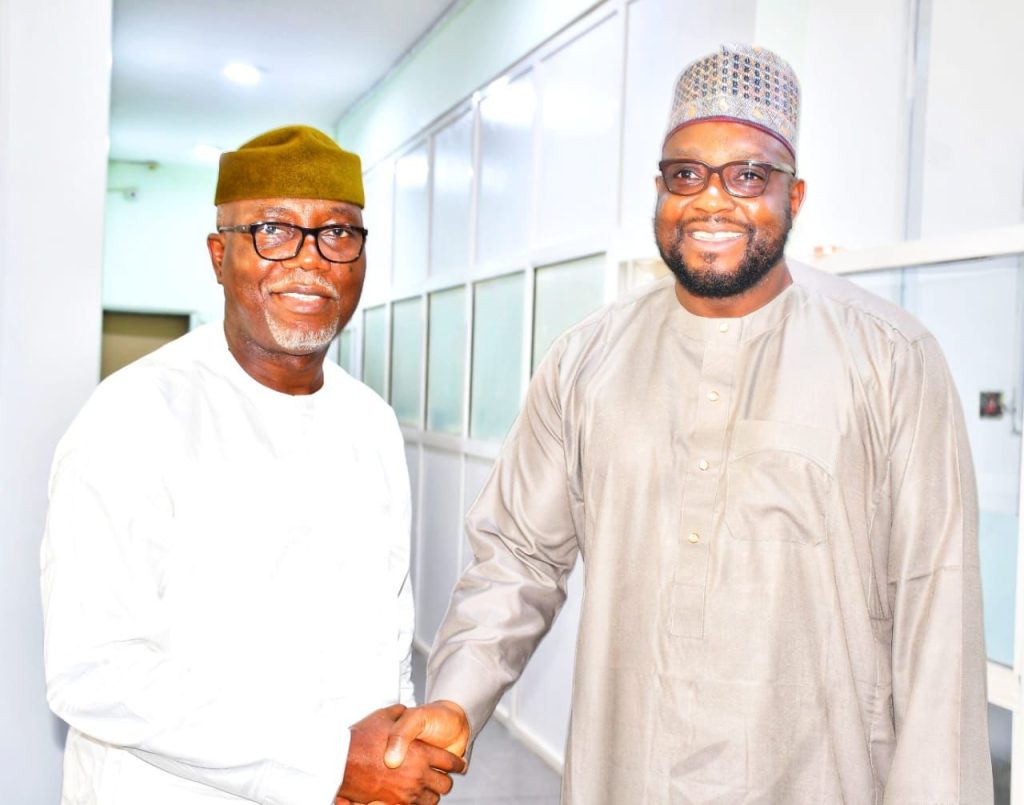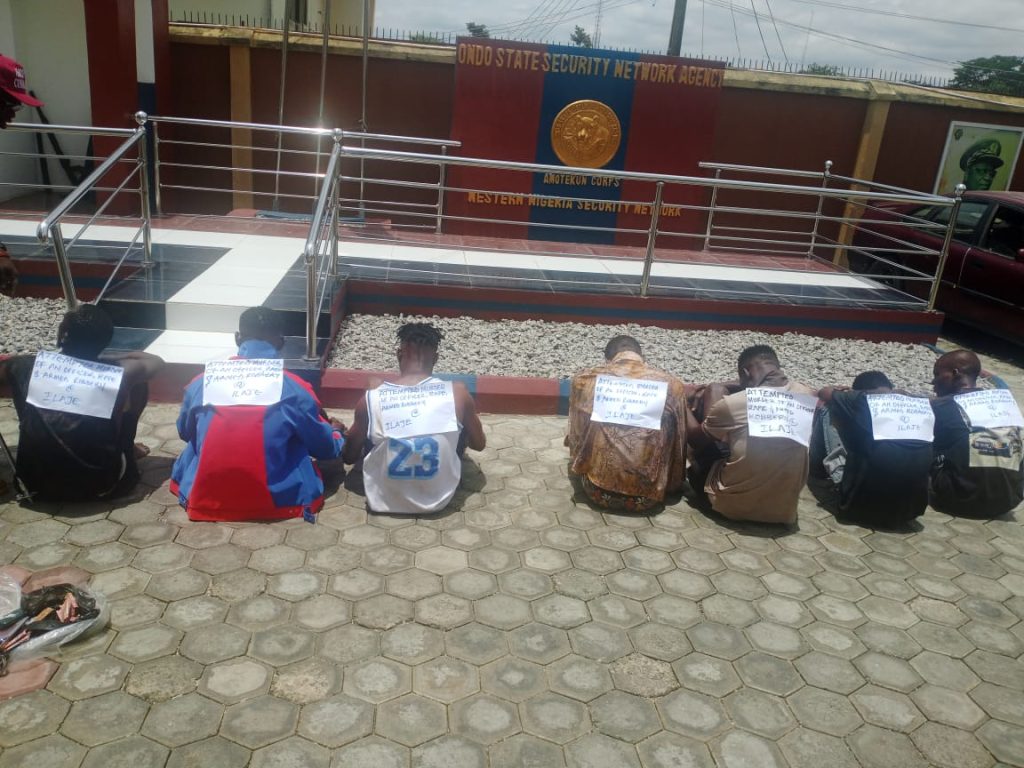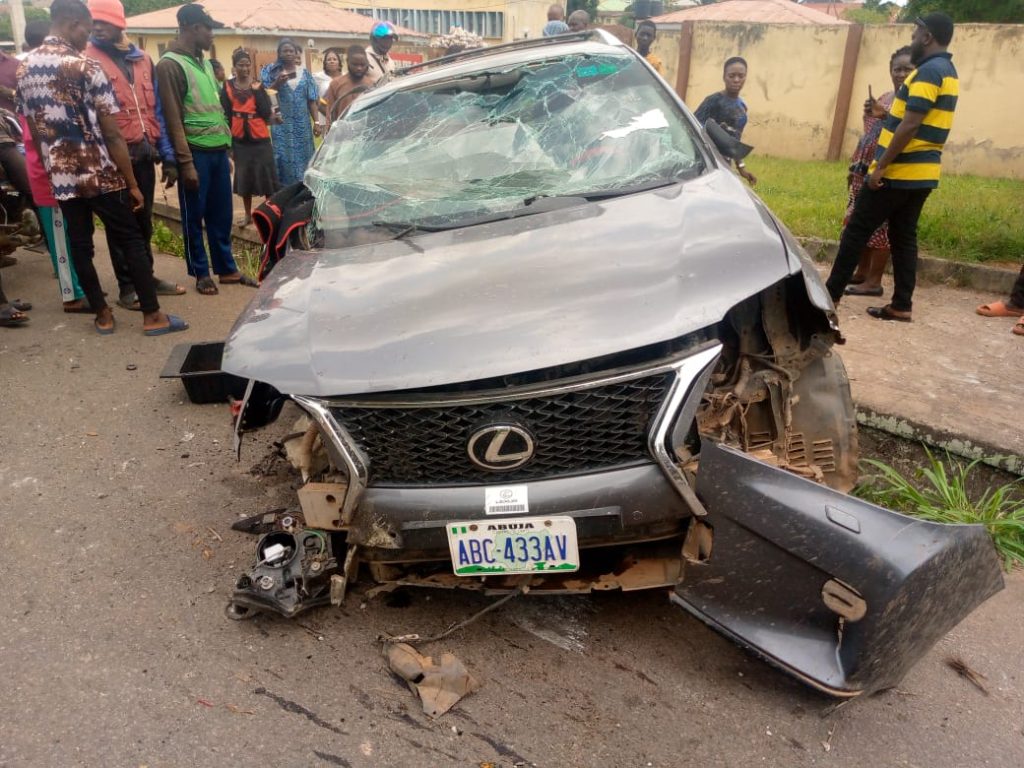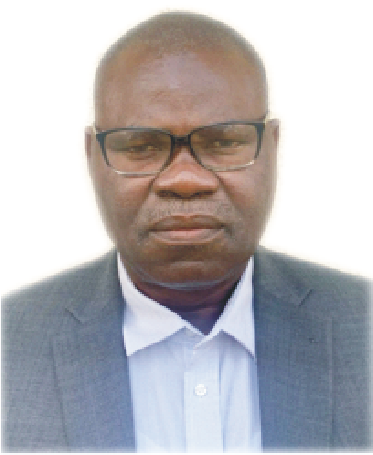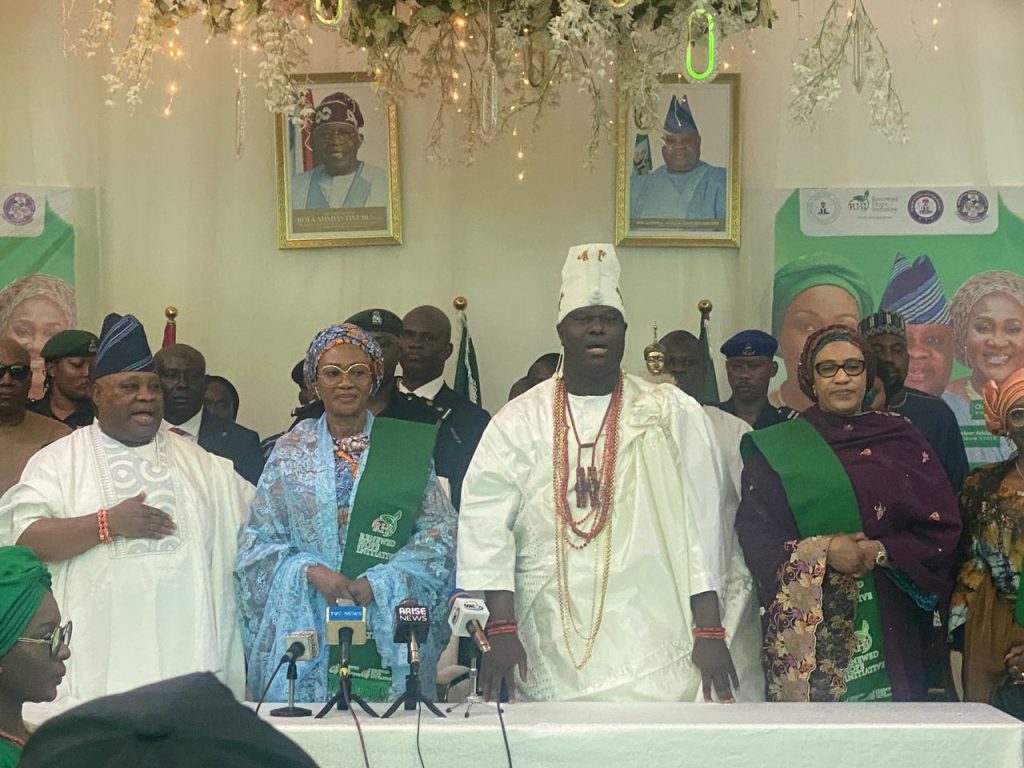Museum documentation as panacea for artifact safety
By Eboreime James Imoniche
|
The culture of any given society can be seen as a collection and documentation of various experiences preserved and transmitted in different media from one generation to another. Documentation is therefore the process of collecting, recording and storing information associated with an object or collection of object.
The International Council of Museums (ICOM) code of ethics stipulates that: “Museum collection should be documented according to accepted professional standard. Such documentation should include a full identification and description of each object, its associations, provenance, condition, treatment, and present location. Such data should be kept in a secure environment and be supported by the museum personnel and other legitimate users.”
The museum is very vital in aiding the authentification of an object hence every object in the museum should be properly documented as soon as it is acquired.
Documentation is very important to our understanding of objects. It enables us ensure the safety and security of objects. The utilitarian value of a collection (whether it is for research, education or interpretation purposes) relies to a great extent on the quality of the documentation associated with it.
Language was the first means through which man recorded his history, thought and aspirations. The majority of the history and culture of sub-sahara Africa was recorded and transmitted orally. Hence the first form of documentation is oral evidence in the form of oral tradition and oral history.
Another form of documentation is the material remains of object, sites and monumental structures left behind by past generations. There are also modern forms of documentation in the form of using engraved/written materials and also using audio-visual aids, radio, television, photographic cameras and slides and even computers.
Any object without associated information is without value that is it’s valueless to the museum. Documentation for the museum involves inventorisation of all the objects repository in a museum, documentation helps in the museum’s authentification of its holding.
Arinze, Agrawa and Okpoko argued that proper and detailed documentation provides “precise, permanent unchallengeable evidence of ownership” and this guarantee the safety and security of the objects and may discourage theft, vandalism, and smuggling “by impeding the illicit trade in such objects and in substantiating claims for recovery of stolen and smuggled objects.”
In a museum collection, each object should be accompanied with such information as what the object is, where and when it was obtained, how it is in the museum. It is noteworthy to point out that the majority of museum objects are collected in the field by archaeologist and ethnographers and others are either gift from people or purchased by the museum. Everyone involves in the collection are directly or indirectly responsible for the museum documentation.
In the field, the archaeologist and ethnographers collate information about every object collected, such as the name of the object, method of acquisition, place of collection, what object is made up of and what is used for.
All these information collated in the field are recorded in a field note book and the process is referred to as field documentation.
All objects entering the museum should be recorded or documented. This may include objects brought by visitors for identification; objects offered for sale, donations or on loan; excavated objects or those acquired through ethnographic, natural history or archaeological field work.
ICOM states that “it is an important responsibility to ensure that all objects accepted temporarily or permanently by the museum are properly and fully documented to facilitate identification, condition and treatment.
Keeping a record of object movement within and outside the museum and creating standardized permanent or temporary codes to enable ease of access.
Museum documentation which is active in nature and a continuous process is geared towards object authentification and the safety of the bulk of the priceless cultural heritage in the custody of the museum cannot be downplay in the existence of museum worldwide.
Imoniche writes from National Museum, Owo.


